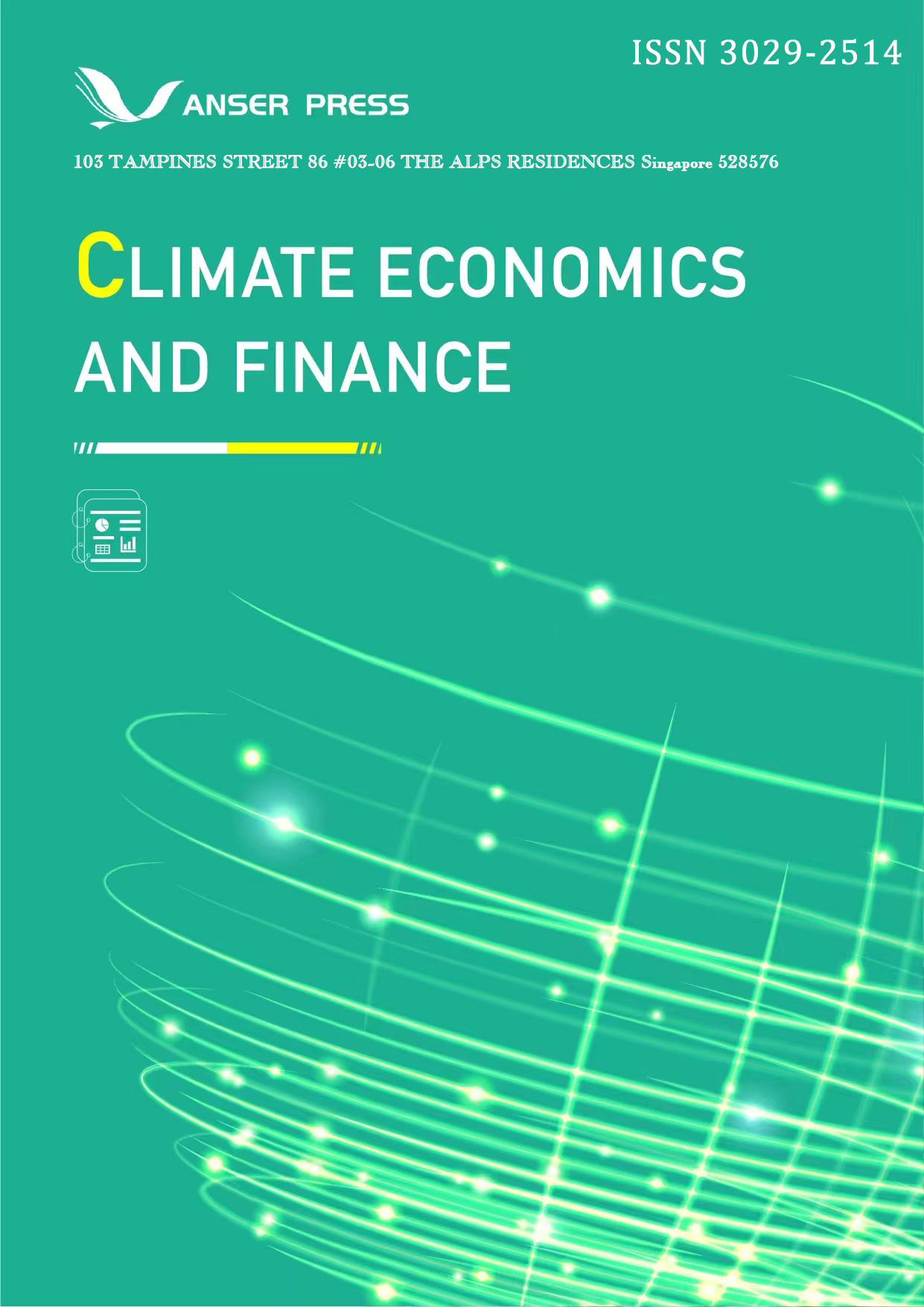Analysis of the impact of China's manufacturing export trade on carbon emissions
Abstract
Since the Industrial Revolution, the emission of carbon dioxide and other greenhouse gases by human production activities has increased year by year, and the greenhouse effect has also increased. A series of problems, such as global warming, melting of the Antarctic continent, sea level rise and frequent occurrence of extreme climate, have attracted the attention of countries all over the world. As a developing country with the fastest economic growth rate, China's rapid economic growth is inseparable from the contribution of manufacturing industry. As an important engine of China's economic development, manufacturing industry inevitably brings environmental problems and a large number of greenhouse gas emissions while promoting rapid economic development. Therefore, manufacturing has become a major area for China to achieve its carbon emission reduction targets. With the "Made in China" to the world, the export trade of manufacturing industry plays a decisive role in China's total export trade and even the global trade. But whether the huge export demands will affect carbon emissions. Through the empirical study on carbon emissions of China's manufacturing export trade, the paper found that the increase of export demand of manufacturing industry will indeed bring a significant increase in carbon emissions, but also affected by some other factors. Finally, it provides reference for the high-quality development and export of China's manufacturing industry under the background of the target of “dual-carbon”.
